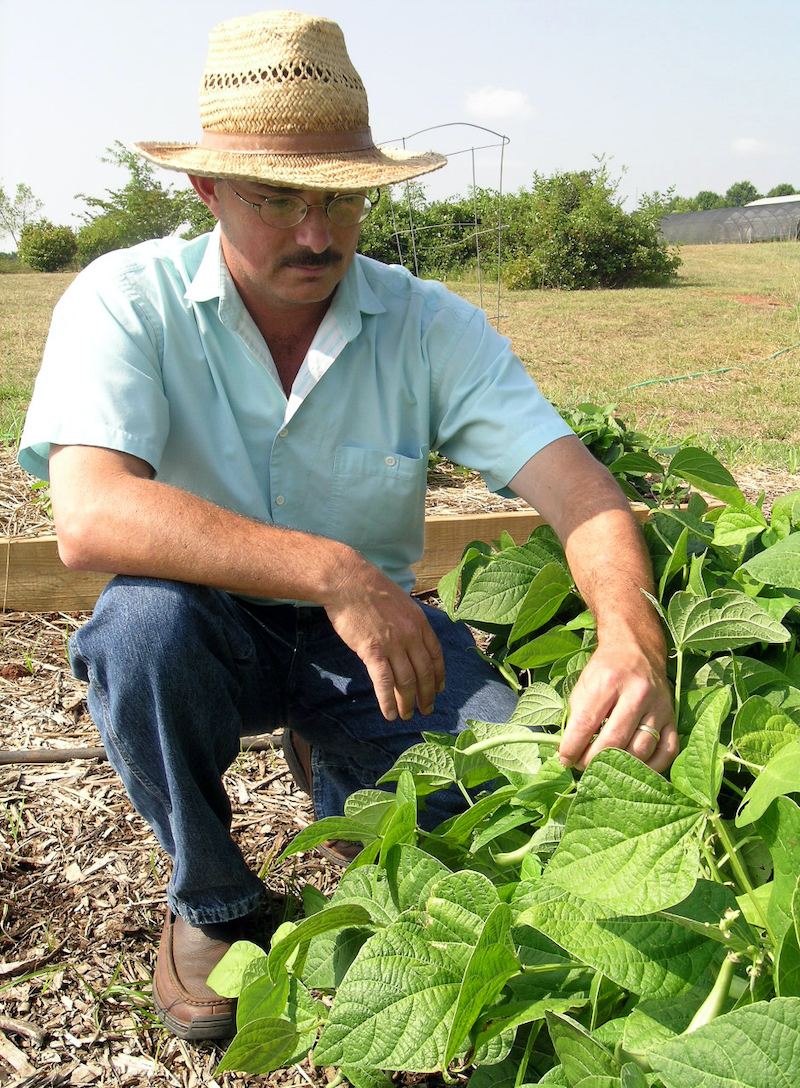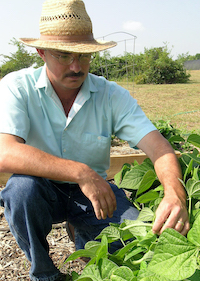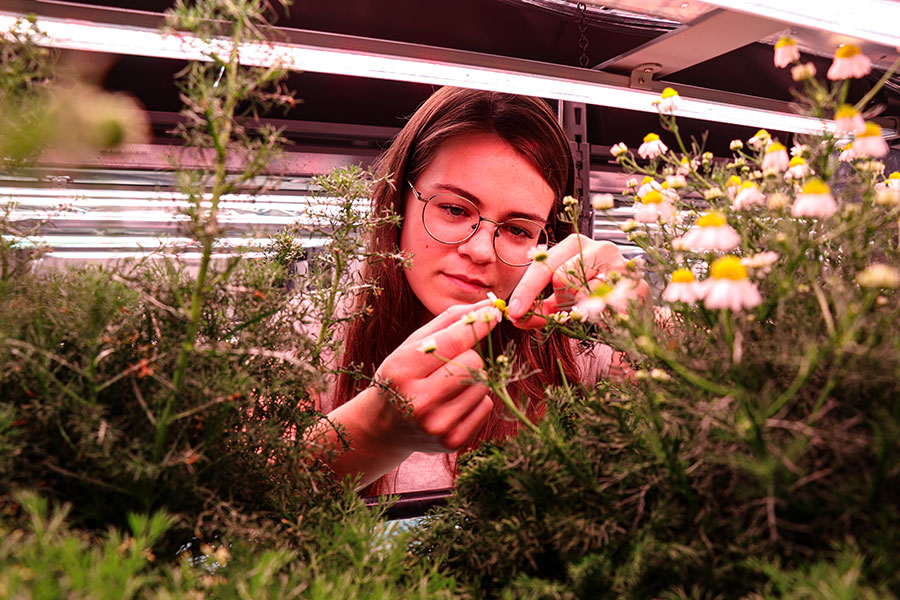Successful gardeners know that a bountiful harvest in the summer begins with proper planning in the spring. When the weather is still too cold to till the soil, seasoned gardeners are indoors ordering specialty seeds and planning what to plant and where.
Veteran gardeners know the key to success is keeping accurate records, University of Georgia Extension consumer horticulturist Bob Westerfield said.
“You need to know where everything is planted, how much you planted, the varieties you planted, the dates you planted them and when you fertilized,” he said. “All of this information will help you solve problems, and avoid them, down the road.”
Select vegetables to consume, and plant only enough to fill predetermined needs. Westerfield learned from his past mistake of planting too much zucchini squash.
“We had so many, we gave to all our friends and everyone at church and then we start looking for cracked car windows to slip them into,” he said.
To reap a hearty harvest, create a garden plan before putting hoe to soil. When guiding home gardeners across the state, Westerfield recommends planting in an east-west direction.
“Sunlight is key to healthy garden plants. They need from six to eight hours of sunlight per day,” he said. “Sunlight is also essential for growth and disease control because keeping the plants dry helps fight disease.”
Keeping accurate records also helps gardeners rotate crops. It's what Westerfield calls “an ancient method that helps break the disease cycle.” This means not planting the same family of vegetables in the same spot every year. “It’s not a magic cure, but it’s one more (tip) in an arsenal of help,” he said.
An example would be, tomatoes, potatoes, eggplant and peppers are in the same plant “family,” he said. Avoid planting any of these in the same location of each other for up to three seasons. Plant another “family” of vegetables in that spot.
To extend the garden’s harvest, stagger planting, too. For example, plant a few new squash plants every two or three weeks. This method also helps with pest control.
“Squash borers are a tremendous problem. I just keep planting more squash to try and stay ahead of them,” Westerfield said. “Some for them and some for us.”
Also, don’t plant too many plants and overcrowd your garden. Plants need space for ventilation and to keep disease pressure down.
Taller crops like okra, corn and sunflowers grow tall and will shade other crops. Keep this in mind when designing plant rows early in the season.
Vegetables also mature at different times and rates. “Radishes take just 28 days from seed to harvest while corn takes 60 days or so. Other crops fall anywhere in between,” he said.
Keep notes on the varieties planted, taste and whether plant performed to expectations. Next winter, consult these notes before ordering seeds for the next garden.
For more information on home gardening, see the UGA Extension publication website at extension.uga.edu/publications/.








